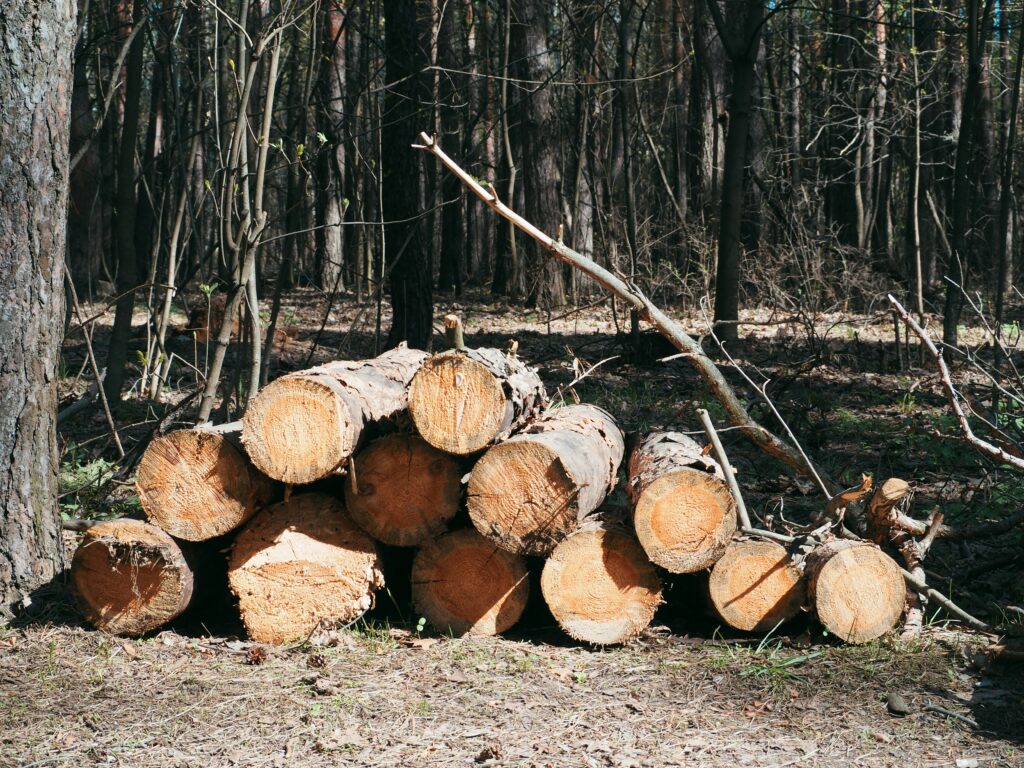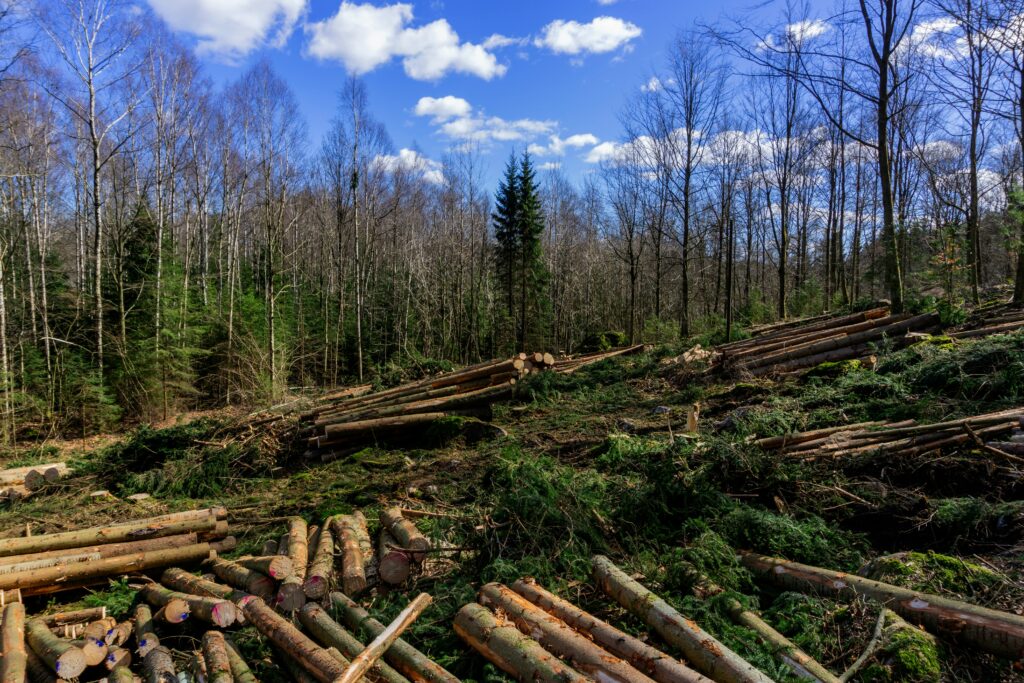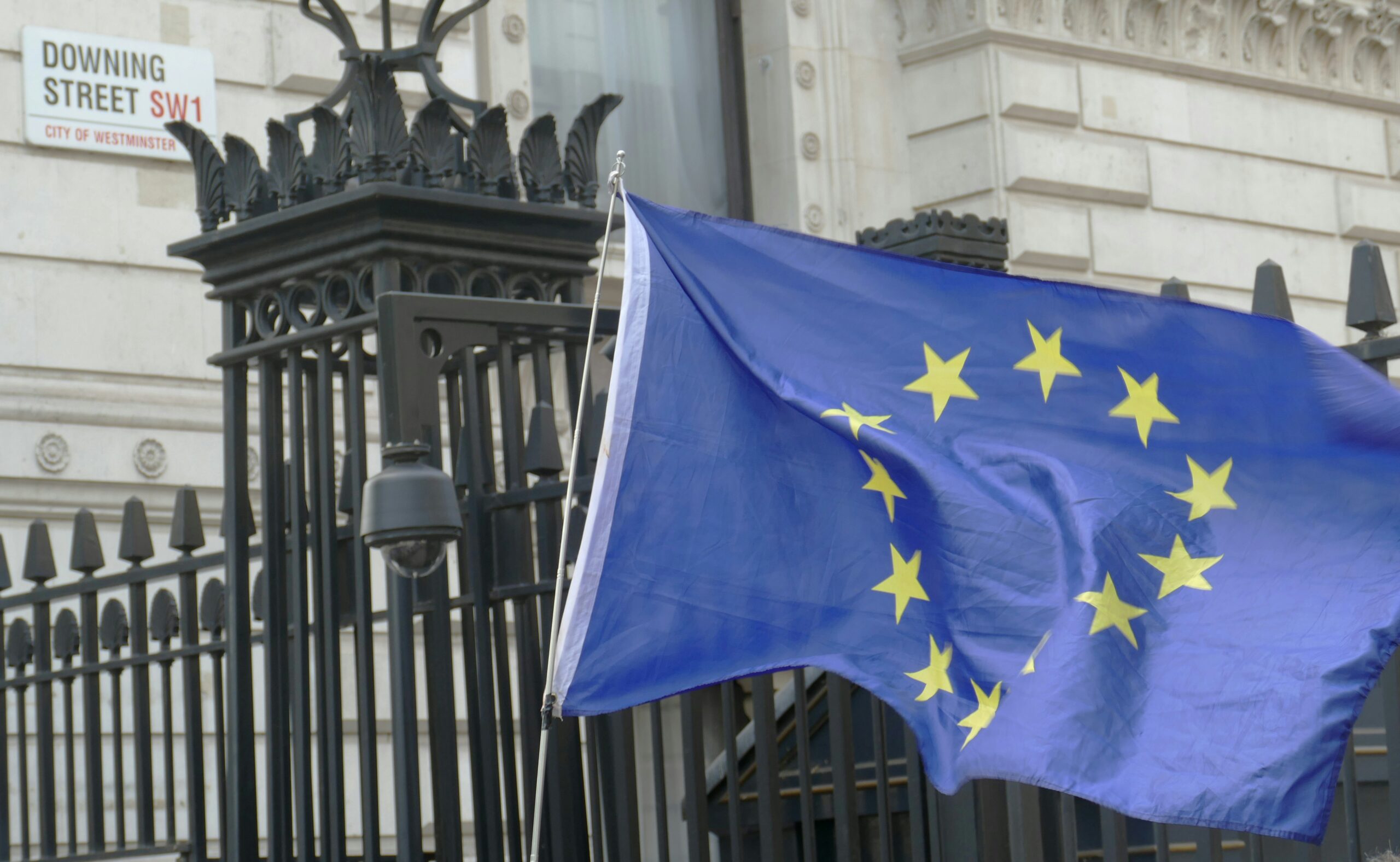When the European Union introduced the Deforestation Regulation (EUDR), it didn’t just write another environmental law and call it a day. It built an entire enforcement system around it. At the center of that system are the competent authorities – official bodies in each EU member state responsible for making sure businesses comply with the rules.
Their job might sound bureaucratic, but it’s actually quite practical. Competent authorities verify that companies placing or exporting commodities like coffee, cocoa, timber, palm oil, or soy on the EU market have done their homework. They check whether products come from land free of deforestation after December 31, 2020. They review due diligence statements, assess risk levels, and even carry out audits or field investigations when something looks off.
If you’re an importer or trader, these authorities are the ones you’ll likely interact with once the regulation starts being enforced in full. Knowing who they are, how they operate, and what they expect from you is not just helpful – it’s essential.
Why the EU Created Competent Authorities in the First Place
The EUDR wasn’t designed as a self-reporting system. Instead, it rests on traceability and verification. Each operator or trader must submit a due diligence statement proving that their products are deforestation-free and legally sourced. But someone has to check those statements. That’s where the competent authorities come in.
Their creation ensures:
- Accountability: Companies cannot simply claim compliance; their data can be audited at any time.
- Consistency: Each EU country enforces the same regulation through nationally appointed bodies.
- Transparency: The authorities maintain communication with the European Commission and the EU Information System for Due Diligence Statements.
- Risk control: They identify high-risk imports or suspicious trade patterns before products enter the EU market.
In short, these agencies serve as the bridge between law and enforcement. Without them, the EUDR would be just another set of guidelines with no real-world effect.

EUDR.co: Your Partner in Compliance and Sustainability
At EUDR.co, our mission is simple: make compliance practical, transparent, and stress-free. The EU Deforestation Regulation introduces new expectations for data accuracy, traceability, and sustainability proof, but that doesn’t mean companies should drown in spreadsheets or spend months figuring out technical requirements.
We’ve built a platform that automates the most time-consuming parts of EUDR compliance. From satellite-based deforestation analysis to supply chain data verification, we help you gather, organize, and submit everything required for due diligence statements. Every insight we deliver is backed by verified data, giving you confidence in every report you file.
Our platform was designed for accessibility – businesses of any size can use it without hiring additional staff or consultants. Whether you’re trading coffee, cocoa, timber, or soy, we help you:
- Collect and validate geolocation data for all production sites
- Verify compliance with deforestation-free requirements
- Prepare documentation that meets the EUDR’s legal and technical standards
- Submit due diligence statements directly through structured workflows
- Monitor risks continuously with automated sustainability tracking
Compliance doesn’t need to feel like a maze. By combining accurate data with intuitive technology, we help companies focus less on paperwork and more on making responsible, future-proof business decisions. Smart. Easy. Fast.
How Competent Authorities Are Structured Across the EU
One of the most interesting aspects of the EUDR rollout is that the EU didn’t impose a single model for how member states should structure their oversight. Each country had the freedom to assign responsibilities to whichever agency was best equipped to handle them. As a result, the map of competent authorities across Europe looks diverse.
Here’s how it typically works:
- Single-agency model: Countries like Germany appointed one main body. The Bundesanstalt für Landwirtschaft und Ernährung (BLE) oversees all EUDR-related checks nationwide.
- Collaborative model: France and Austria share responsibilities across several ministries, ensuring each commodity type (forestry, agriculture, trade) is handled by a relevant authority.
- Split model: Some countries divide duties between environmental and agricultural departments. For example, Bulgaria separates cattle and cocoa oversight from forestry and wood products.
This structure allows flexibility while maintaining EU-wide consistency in enforcement. It’s a balance between national expertise and European standards.

The Latest List of EUDR Competent Authorities (April 2025)
As of April 2025, almost all EU member states have appointed their competent authorities, according to the latest data from LiveEO, Meridia, and Nadar. A few countries, such as Greece, Poland, and Malta, were still finalizing their designations earlier in the year, but most now have functioning bodies.
Below is an overview of how responsibility is distributed among EU countries:
Examples of National Authorities
- Germany: Bundesanstalt für Landwirtschaft und Ernährung (BLE) – handles all regulated commodities.
- France: Ministère de la Transition écologique and Ministère de l’Agriculture share compliance duties.
- Austria: Bundesamt für Wald and Agrarmarkt Austria coordinate oversight.
- Netherlands: Netherlands Food and Consumer Product Safety Authority (NVWA) serves as the single authority.
- Portugal: Instituto da Conservação da Natureza e das Florestas (ICNF) manages forest-related products, while DGAV covers agricultural items.
- Sweden: Swedish Forest Agency (Skogsstyrelsen) oversees compliance.
- Ireland: Department of Agriculture, Food and the Marine manages verification and reporting.
Each authority maintains its own contact points and communication channels for operators submitting due diligence statements or responding to inquiries.
What Competent Authorities Actually Do
Their responsibilities go far beyond collecting forms or ticking boxes. Competent authorities are essentially the engine that keeps EUDR enforcement running. They translate the regulation’s legal text into day-to-day oversight, bridging the gap between company declarations and environmental reality. Every shipment, dataset, or certification that enters the system may pass through their scrutiny at some stage.
Here’s what they’re tasked with in practice:
Verifying Due Diligence Statements
They carefully examine every due diligence statement submitted by operators and traders. This involves checking geolocation coordinates, confirming that land-use data matches satellite imagery, and verifying that products were produced legally and without deforestation after the 2020 cutoff date. If data looks inconsistent, they can request clarifications or additional evidence before approval.
Conducting Risk Assessments
Authorities don’t just check what companies send = they assess context. Imports from high-risk countries or regions with weak environmental protection get extra attention. Many agencies now use satellite-based tools, data-sharing platforms, and deforestation monitoring systems to compare what’s declared with what’s happening on the ground.
Auditing and Inspection
Routine audits ensure that compliance isn’t just a one-time effort. Authorities can visit warehouses, inspect trade documents, or perform spot checks at border points. If they suspect false claims, they may initiate full-scale investigations or coordinate on-site verifications with local or foreign counterparts.
Coordinating with the European Commission
The EU wants enforcement to be consistent, not fragmented. Each national authority reports results and findings to the European Commission, helping to refine risk classifications and improve the EU-wide Information System for Due Diligence Statements. This coordination helps spot patterns, such as recurring non-compliance from certain regions or commodities.
Imposing Sanctions
When violations are confirmed, authorities can impose real consequences. Sanctions may include fines, temporary bans, or exclusion from the EU market. In more serious cases, they can refer matters for criminal investigation. These penalties are designed not to punish paperwork errors, but to deter systematic negligence or environmental harm.
Together, these responsibilities transform the EUDR from a passive reporting rule into a living system of accountability. Competent authorities give the regulation its teeth, ensuring that sustainability claims are backed by verifiable evidence, not just promises.
How Businesses Should Work with Competent Authorities
If your business trades in EUDR-covered commodities, you’ll need to maintain a cooperative relationship with your national authority. This doesn’t mean you’ll be in constant contact, but it does mean being ready for possible checks, data requests, or follow-up questions about your supply chain.
Start by keeping detailed, well-organized records of all supplier information, including geolocation coordinates and production evidence. It’s also smart to verify your own data before submission instead of relying entirely on what suppliers provide. When an authority reaches out, respond quickly and clearly – delays or vague answers can raise unnecessary flags.
Stay informed about your country’s procedures, as competent authorities often publish national guidance notes, host webinars, or share updates about how to prepare due diligence statements correctly. Using modern compliance tools that connect directly with the EU’s Information System can also simplify the process and reduce errors.
In the end, cooperation is not about formality; it’s about building trust. When you show that your company takes transparency and verification seriously, authorities tend to view you as a responsible operator rather than a potential risk.
Why the List of Competent Authorities Matters
At first glance, the list of EUDR competent authorities might look like a collection of government names, emails, and addresses. But for any business trading under the EU Deforestation Regulation, it’s much more than that. This list is essentially your roadmap for staying compliant. It tells you exactly which national agency oversees your sector, who to contact for guidance, and where to send your due diligence statements. Without it, you’d be navigating the regulation in the dark.
Each authority acts as a direct link between your company and the enforcement system. They’re the ones reviewing your data, validating your submissions, and answering questions about specific procedures. For example, while some countries use online portals or API systems for document uploads, others still accept reports through email. Understanding those small but critical differences helps you avoid delays, miscommunication, or rejected statements.
The list also plays a bigger role in building accountability. When you know who your competent authority is, you know who sets the expectations and what standards they follow. It creates transparency between regulators and businesses and helps ensure that the same EUDR principles apply across the EU, even if the processes differ slightly from one country to another. In short, this isn’t just a bureaucratic document – it’s a tool for navigating one of the most ambitious sustainability regulations Europe has ever implemented.

Challenges and Gaps Still Ahead
Despite the steady progress, the system isn’t fully synchronized yet. Some EU member states were slower to designate their competent authorities, while others are still refining internal procedures. Limited staff capacity, overlapping roles between ministries, and uneven access to digital tools continue to create friction in how the EUDR is implemented.
1. Data Harmonization
One of the most pressing challenges is getting all member states to use consistent data formats and verification methods. If one authority records geolocation data differently from another, it complicates cross-border traceability and weakens overall transparency. A unified data framework is essential to make sure compliance checks produce comparable results across the EU.
2. Cross-Border Consistency
An importer in Spain should face the same level of scrutiny as one in Finland, but that’s not always the case yet. Each national authority interprets risk and verification slightly differently, creating potential gaps in enforcement. Building consistency will require closer collaboration, shared training, and clearer EU-wide protocols.
3. Integration with the EU Information System
Not every authority is technically ready to connect its database to the EU’s central Information System for Due Diligence Statements. This integration is crucial for real-time data sharing and for spotting irregular trade patterns that cross borders. Until all countries are plugged into the same system, full oversight remains a work in progress.
4. Capacity Building
Smaller member states face a unique problem: limited administrative and technical capacity. Handling thousands of due diligence statements requires trained personnel and advanced digital infrastructure. The European Commission is offering guidance and funding support, but it will take time before every country can process data efficiently at scale.
The EUDR’s first year of enforcement will likely serve as a learning curve for both authorities and businesses. While the framework is solid, the practical systems behind it still need time to mature and align across all EU members.
How EUDR Enforcement Will Evolve
The enforcement of the EU Deforestation Regulation is rolling out in stages rather than all at once. By late 2025, large and medium-sized operators will need to meet full compliance requirements, while small and medium enterprises will follow by mid-2026. This gradual approach gives both businesses and authorities time to adjust, test data systems, and strengthen the technical foundation for long-term monitoring.
As the regulation moves from planning to practice, several key changes are expected:
- More frequent updates to the official authority list: Member states will continue refining their designated agencies and publishing new contact information as their systems mature.
- Clearer technical guidance for data submission: The European Commission is expected to issue detailed instructions on due diligence statements, data formats, and geolocation accuracy to improve consistency.
- Collaboration between national authorities: Joint inspections, shared audits, and cross-border investigations will become more common to prevent regulatory loopholes.
- A stronger link between EUDR and satellite monitoring: Real-time deforestation tracking and automated alerts will support faster detection of potential violations.
- Expansion of digital compliance tools: More platforms and integrations will connect directly to the EU Information System, simplifying submissions for businesses.
In practice, these steps mean enforcement will gradually evolve into a smarter, data-driven process. Competent authorities will rely less on manual document checks and more on automated systems that flag risks early, ensuring the regulation works efficiently while maintaining accountability across all EU markets.
Final Thoughts
The EUDR marks a major shift in how global trade intersects with environmental responsibility. Competent authorities are the mechanism that turns this policy from a promise into action. They’re not faceless bureaucrats sitting behind a desk, they’re the people ensuring that Europe’s markets no longer drive deforestation abroad.
For businesses, this is both a challenge and an opportunity. Compliance may require effort and organization, but it also pushes companies to build more transparent, trustworthy supply chains. Knowing who your competent authority is and how they operate isn’t just about ticking a regulatory box. It’s about being part of a system that finally puts sustainability and accountability on equal footing with profit.
Frequently Asked Questions
1. What are EUDR competent authorities?
EUDR competent authorities are official agencies designated by each EU member state to enforce the EU Deforestation Regulation. They verify due diligence statements, conduct audits, assess risks, and ensure that commodities placed on or exported from the EU market are deforestation-free and legally produced.
2. Why did the EU create national competent authorities instead of managing everything centrally?
The EU wanted to maintain a consistent legal framework while allowing flexibility for member states to use their existing regulatory systems. By assigning enforcement to national bodies, each country can apply the law in line with its administrative structure and local expertise while still coordinating with the European Commission.
3. How can I find out which authority applies to my company?
You can check the latest list of competent authorities published by the European Commission or updated by organizations such as LiveEO, Meridia, and Nadar. The list provides contact details, responsibilities, and guidance for each EU country.
4. What do competent authorities actually check?
They review your due diligence statement, confirm the accuracy of geolocation data, and verify that the products you trade are not linked to deforestation or forest degradation after December 2020. They may also perform audits, inspect documentation, or use satellite data to cross-check information.
5. What happens if a company fails to comply with the EUDR?
Non-compliance can result in penalties, suspension of trade activities, or exclusion from the EU market. In serious cases, authorities may forward violations for legal prosecution. Each country sets its own penalties, but the consequences can be financially and reputationally significant.
6. Are small and medium enterprises (SMEs) also subject to the EUDR?
Yes. SMEs are included in the regulation, but their deadline for full compliance is later – by June 2026. This gives them extra time to prepare systems, gather supplier data, and align with national guidance.


